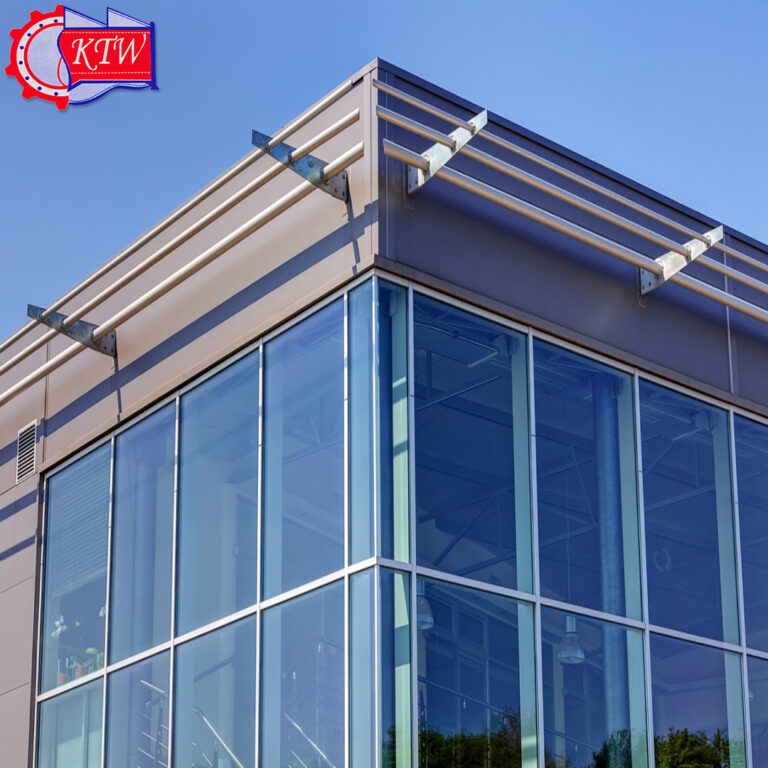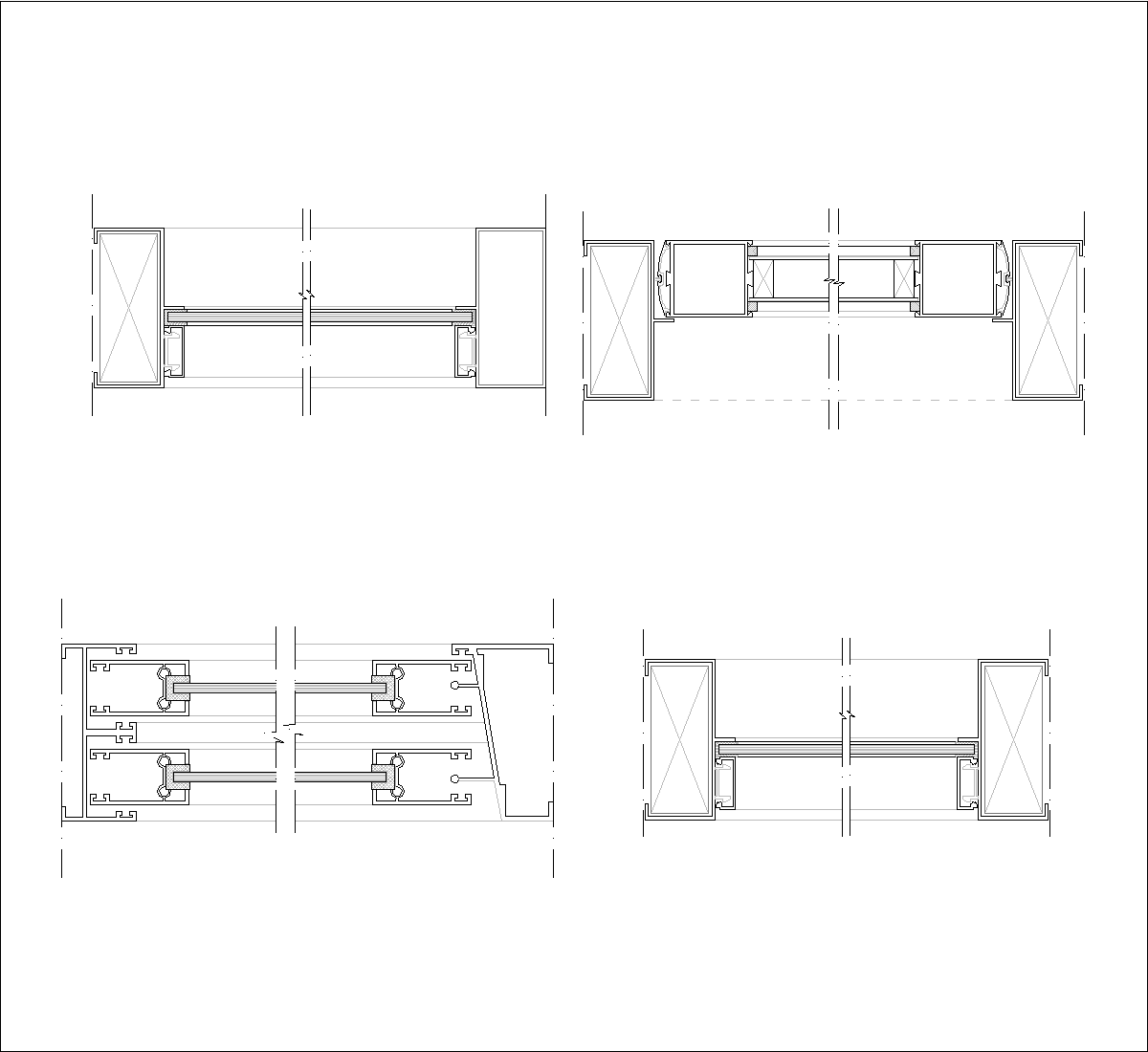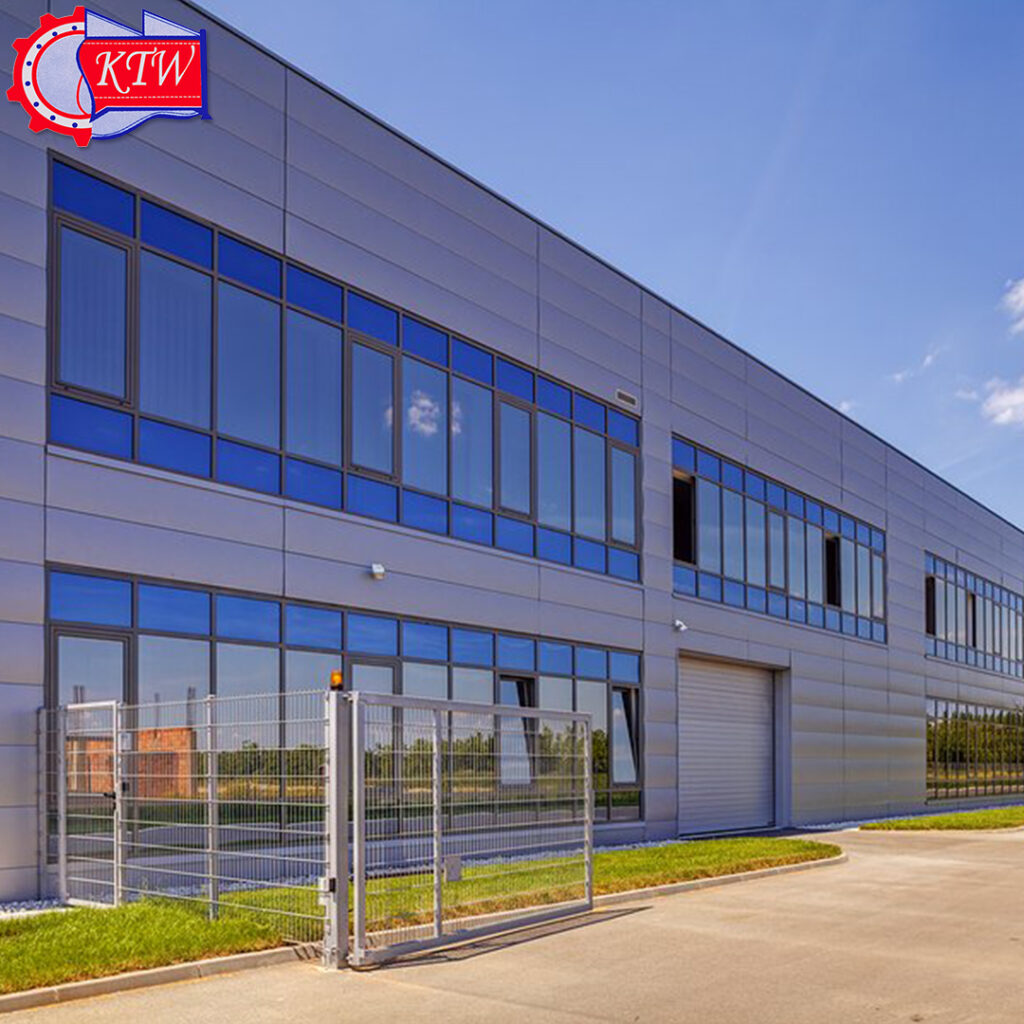So here's the deal—1970s aluminum windows were more than just a trend; they were a game-changer in the world of architecture and home design. Back in the day, people were obsessed with functionality, durability, and that sleek modern look. And guess what? Aluminum windows checked all those boxes. They weren’t just about aesthetics; they were built to last. So if you're curious about why these bad boys became so popular and how they still hold up today, buckle up because we’re diving deep into this metal marvel.
Now, let’s get one thing straight—aluminum windows weren’t exactly new in the 1970s, but that’s when they really started stealing the spotlight. Think about it: the post-war boom had everyone dreaming of modern, efficient homes. And what better way to achieve that than with windows that were lightweight, corrosion-resistant, and super easy to maintain? These windows weren’t just practical; they were a symbol of progress. Who wouldn’t want that?
Fast forward to today, and while some might argue that aluminum windows have fallen out of favor in certain circles, they still have a loyal fanbase. Why? Well, we’ll break it all down for you. From their history to their benefits, and even how they stack up against modern alternatives, we’ve got the full scoop. So whether you’re restoring a vintage home or just curious about the evolution of window technology, this article’s got you covered.
Read also:Barber Shop Venice Ca The Ultimate Guide To Stylish Cuts And Relaxing Vibes
Why 1970s Aluminum Windows Were a Big Deal
Let’s rewind to the 1970s for a sec. This was an era where everything seemed possible. Technology was advancing at lightning speed, and people were all about innovation. Enter aluminum windows—a perfect blend of style and substance. These windows weren’t just functional; they were a statement. They represented a shift toward modern living, where homes weren’t just shelters but also works of art.
One of the biggest reasons aluminum windows became so popular was their durability. Unlike wood, which could warp or rot over time, aluminum stood strong against the elements. Plus, it was super lightweight, making it easier to install and transport. And let’s not forget about maintenance. Cleaning aluminum windows was a breeze compared to their wooden counterparts. Who wouldn’t want that kind of convenience?
Key Features That Made Them Irresistible
Alright, so what exactly made 1970s aluminum windows so irresistible? Here’s a quick rundown:
- Lightweight yet strong—perfect for both small and large homes.
- Resistant to corrosion and weathering, ensuring they’d last for years.
- Easy to clean and maintain, saving homeowners tons of time and effort.
- Modern aesthetic that fit perfectly with the design trends of the era.
And let’s not forget about the cost factor. Aluminum windows were relatively affordable, making them accessible to a wider audience. It’s no wonder they became such a hit.
The Rise of Aluminum in the 1970s
The 1970s were a golden age for aluminum windows, and there’s a reason for that. During this time, the world was shifting toward more sustainable and efficient building materials. Aluminum fit the bill perfectly. It was abundant, easy to work with, and could be recycled without losing its quality. This made it an attractive option for both builders and homeowners.
But it wasn’t just about practicality. The design of these windows was also a major selling point. They came in sleek, minimalist styles that complemented the modern architecture of the time. Whether you were building a suburban home or a high-rise apartment, aluminum windows added that touch of sophistication that everyone was looking for.
Read also:Unleash The Fun Exploring The Best Indoor Dog Park Houston Tx Has To Offer
How Aluminum Changed the Game
Aluminum windows didn’t just change the way we looked at windows; they changed the entire construction industry. Before aluminum, most windows were made from wood or steel. Both had their pros and cons, but neither could match the versatility of aluminum. Here’s how aluminum windows revolutionized the industry:
- They introduced new design possibilities, allowing architects to experiment with larger windows and more open spaces.
- They set a new standard for durability and energy efficiency, paving the way for modern window technology.
- They became a symbol of progress, representing the shift toward modern, sustainable living.
It’s no wonder that aluminum windows became synonymous with the 1970s. They weren’t just windows; they were a reflection of the times.
Benefits of 1970s Aluminum Windows
Now, let’s talk benefits. Why did so many people choose aluminum windows back in the day? And why are they still relevant today? Here’s a breakdown of what made these windows so appealing:
Energy Efficiency
One of the biggest advantages of aluminum windows is their energy efficiency. In the 1970s, this was a major selling point, especially as people became more aware of environmental issues. Aluminum windows were designed to minimize heat transfer, keeping homes cooler in the summer and warmer in the winter. This not only improved comfort but also helped reduce energy bills.
Durability and Longevity
Aluminum windows are built to last. Unlike wood, which can deteriorate over time, aluminum remains strong and stable for decades. This makes them a great investment for homeowners who want windows that won’t need constant replacement or repair.
Aesthetic Appeal
Let’s be real—looks matter. And aluminum windows had plenty of curb appeal. Their sleek, modern design fit perfectly with the architectural trends of the 1970s. Plus, they came in a variety of colors and finishes, allowing homeowners to customize their look.
Challenges and Drawbacks
Of course, no product is perfect, and aluminum windows were no exception. While they had plenty of advantages, they also came with some challenges. Here are a few things to consider:
Thermal Conductivity
One of the biggest drawbacks of aluminum windows is their tendency to conduct heat. This can lead to energy loss if the windows aren’t properly insulated. However, advancements in technology have largely addressed this issue, making modern aluminum windows much more efficient.
Initial Cost
While aluminum windows are relatively affordable in the long run, their initial cost can be a bit steep for some homeowners. However, many argue that the long-term savings on maintenance and energy bills make them worth the investment.
Modern Alternatives vs. 1970s Aluminum Windows
So how do 1970s aluminum windows stack up against modern alternatives? Let’s take a look:
Vinyl Windows
Vinyl windows have become increasingly popular in recent years due to their affordability and energy efficiency. However, they lack the durability and aesthetic appeal of aluminum windows. Plus, vinyl isn’t as environmentally friendly as aluminum, which can be recycled indefinitely.
Fiberglass Windows
Fiberglass windows are another modern option that offers excellent insulation and durability. However, they tend to be more expensive than aluminum windows, making them less accessible for some homeowners.
Wood Windows
Wood windows have a classic charm that many people love. However, they require a lot of maintenance and aren’t as durable as aluminum. Plus, they’re not as energy-efficient, which can lead to higher heating and cooling costs.
Restoring Vintage Aluminum Windows
If you’re lucky enough to have 1970s aluminum windows in your home, you might be wondering how to restore them to their former glory. Here are a few tips:
- Start by cleaning the windows thoroughly to remove any dirt or grime.
- Check for any signs of damage, such as cracks or warping, and repair them as needed.
- Consider adding weatherstripping to improve energy efficiency.
- Repaint or re-finish the windows to give them a fresh, modern look.
With a little TLC, your vintage aluminum windows can look as good as new—and maybe even better.
The Future of Aluminum Windows
So where do aluminum windows go from here? While they’ve faced competition from newer materials, they’re still a popular choice for many homeowners. Advances in technology have made them even more efficient and durable, ensuring their relevance in the modern market.
As we continue to focus on sustainability and energy efficiency, aluminum windows are likely to remain a top choice for builders and homeowners alike. After all, they’ve stood the test of time—and that’s something worth celebrating.
Conclusion
1970s aluminum windows were more than just a trend; they were a symbol of progress and innovation. From their durability and energy efficiency to their sleek, modern design, they offered everything homeowners were looking for. While they’ve faced competition from newer materials, they’re still a popular choice today—and for good reason.
So if you’re considering restoring vintage aluminum windows or investing in new ones, remember this: they’re a classic choice that never goes out of style. And who knows? Maybe one day they’ll make a comeback in a big way. Until then, keep an eye on the trends and stay ahead of the curve.
Got any questions or comments? Drop them below, and let’s keep the conversation going. And if you found this article helpful, don’t forget to share it with your friends and family. Together, let’s keep the legacy of 1970s aluminum windows alive and well.
Table of Contents
- Why 1970s Aluminum Windows Were a Big Deal
- The Rise of Aluminum in the 1970s
- Benefits of 1970s Aluminum Windows
- Challenges and Drawbacks
- Modern Alternatives vs. 1970s Aluminum Windows
- Restoring Vintage Aluminum Windows
- The Future of Aluminum Windows
- Conclusion


